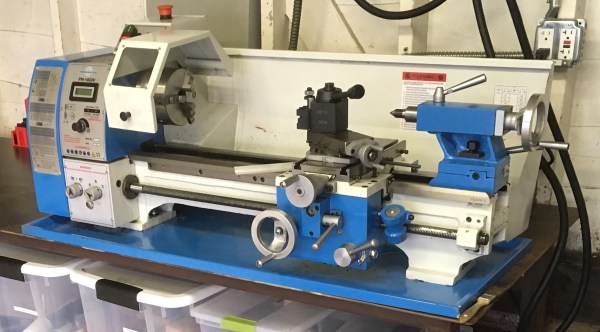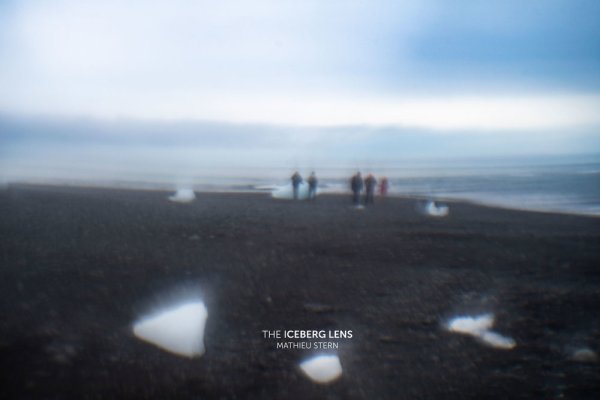“Everything is a spring”. You’ve probably heard that expression before. How deep do you think your appreciation of that particular turn of phrase really is? You know who truly, viscerally groks this? Machinists.
As I’ve blathered on about at length previously, machine tools are all about precision. That’s easy to say, but where does precision really come from? In a word, rigidity. Machine tools do a seemingly magical thing. They remove quantities of steel (or other materials medieval humans would have killed for) with a slightly tougher piece of steel. The way they manage to do this is by applying the cutting tool to the material within a setup that is so rigid that the material has no choice but to yield. Furthermore, this cutting action is extremely precise because the tool moves as little as possible while doing so. It all comes down to rigidity. Let’s look at a basic turning setup.
Continue reading “The Machinists’ Mantra: Precision, Thy Name Is Rigidity”













